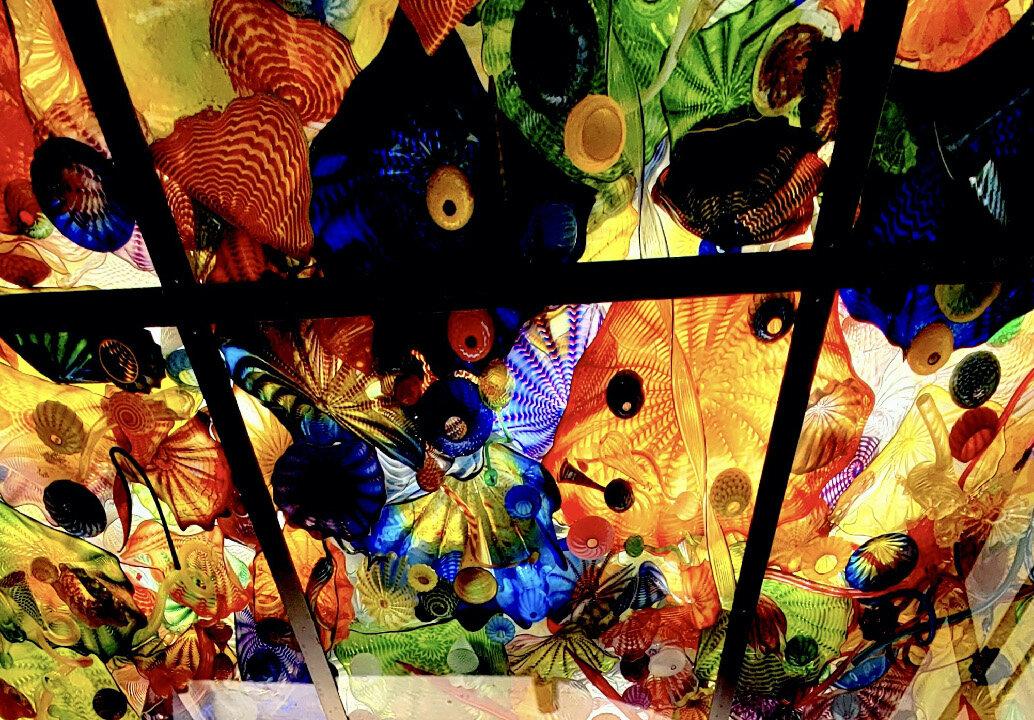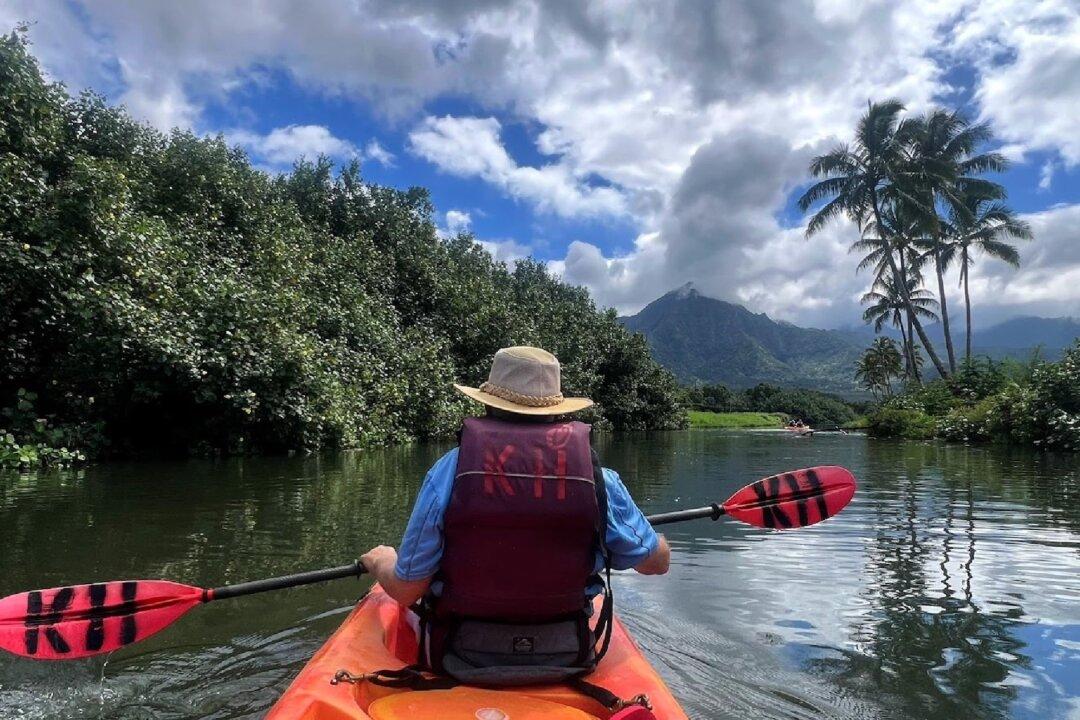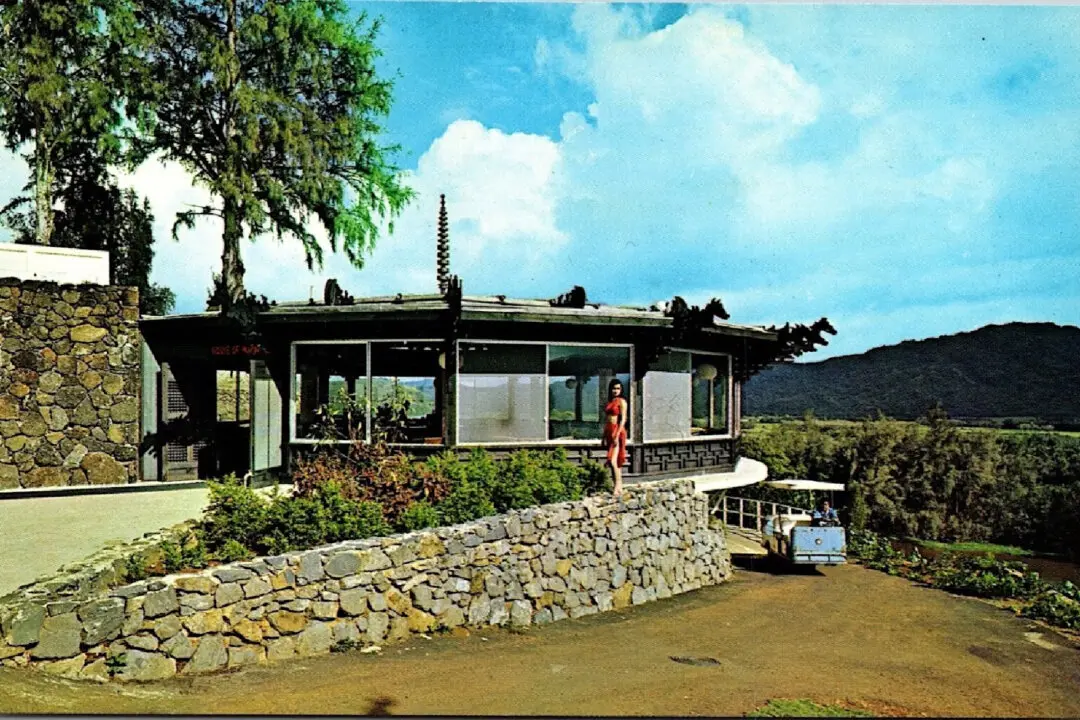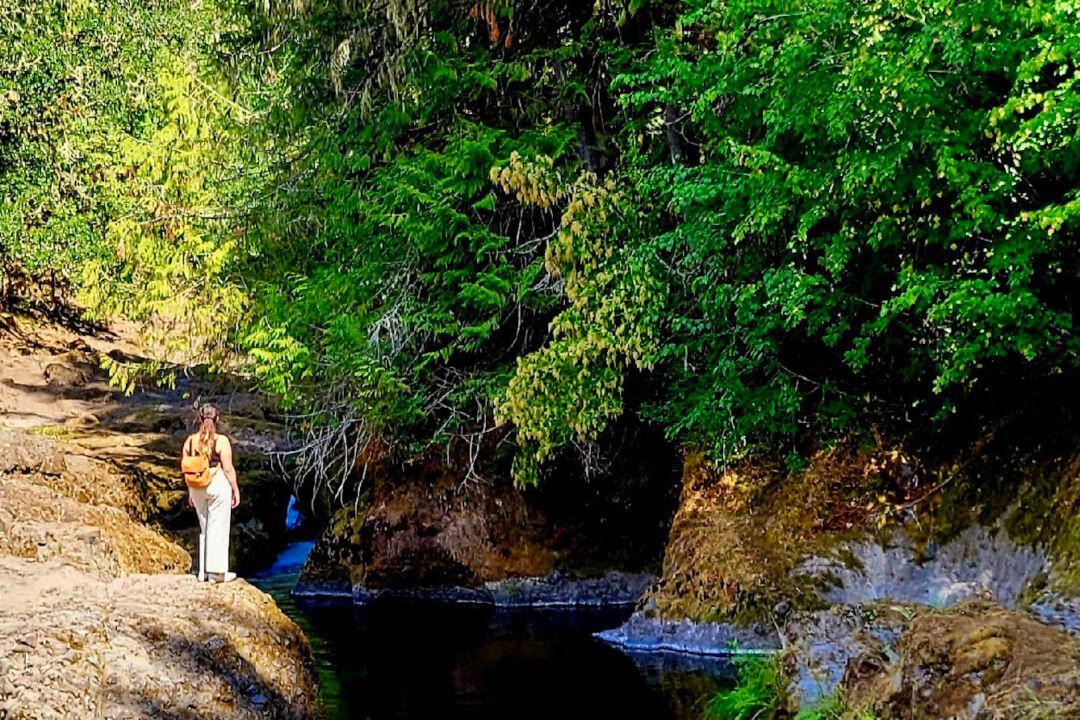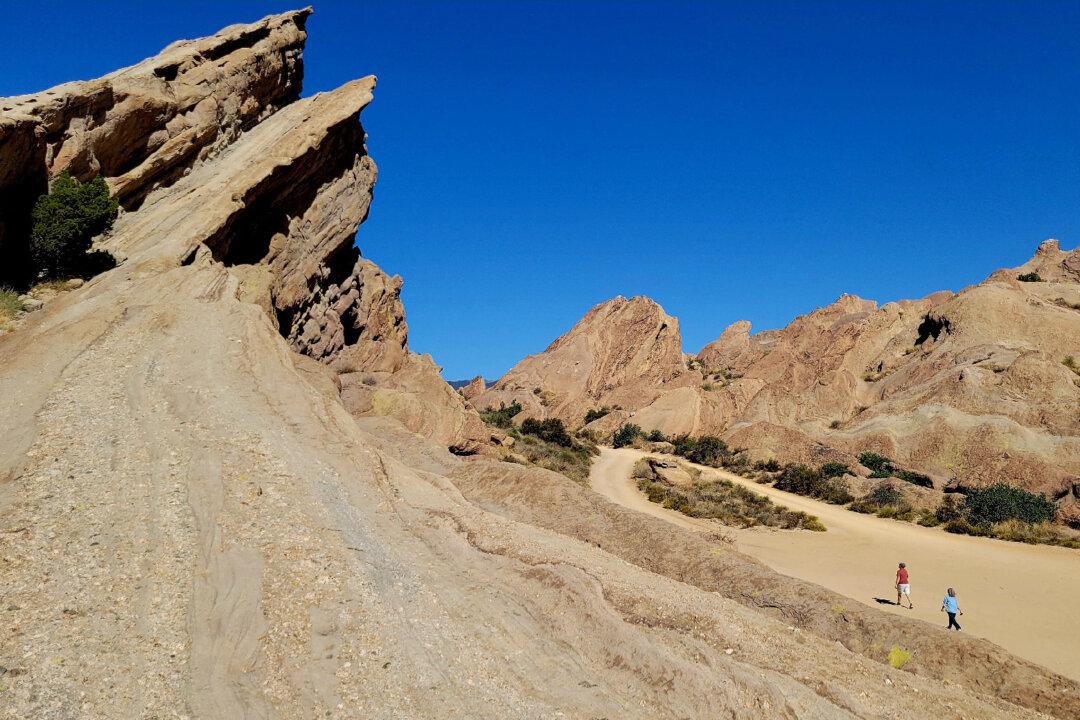In 1965, a talented young art student at the University of Washington named Dale Chihuly, who up to that point had focused his skill on weaving intricate textiles, became fascinated with a very different art form—the process of making glass. As he likes to recall, “As soon as I blew that bubble, I decided I wanted to be a glassblower.”
The result was a career that has spanned continents. But although Mr. Chihuly’s large-scale creations have hung from bridges over the canals of Venice, have been displayed next to ancient walls in Jerusalem, and glow like a luminous seabed over the lobby of the Bellagio Hotel in Las Vegas, the center of his creative universe has always been the Pacific Northwest. As a direct result, the region has become world-renowned as a center for the creation of art glass.

